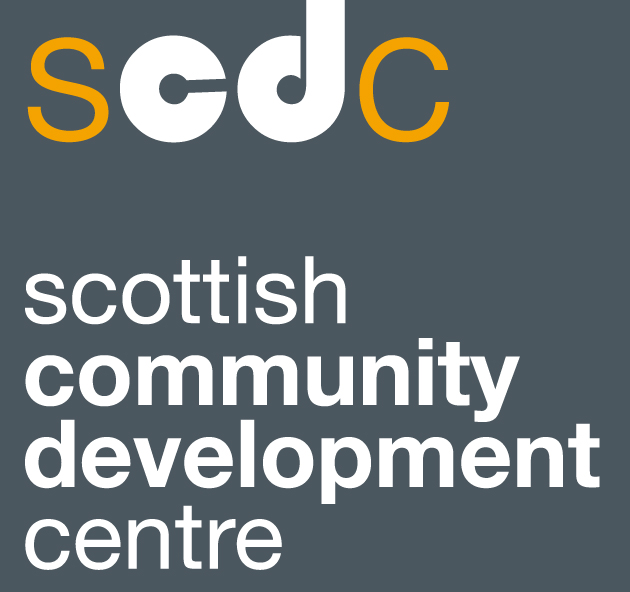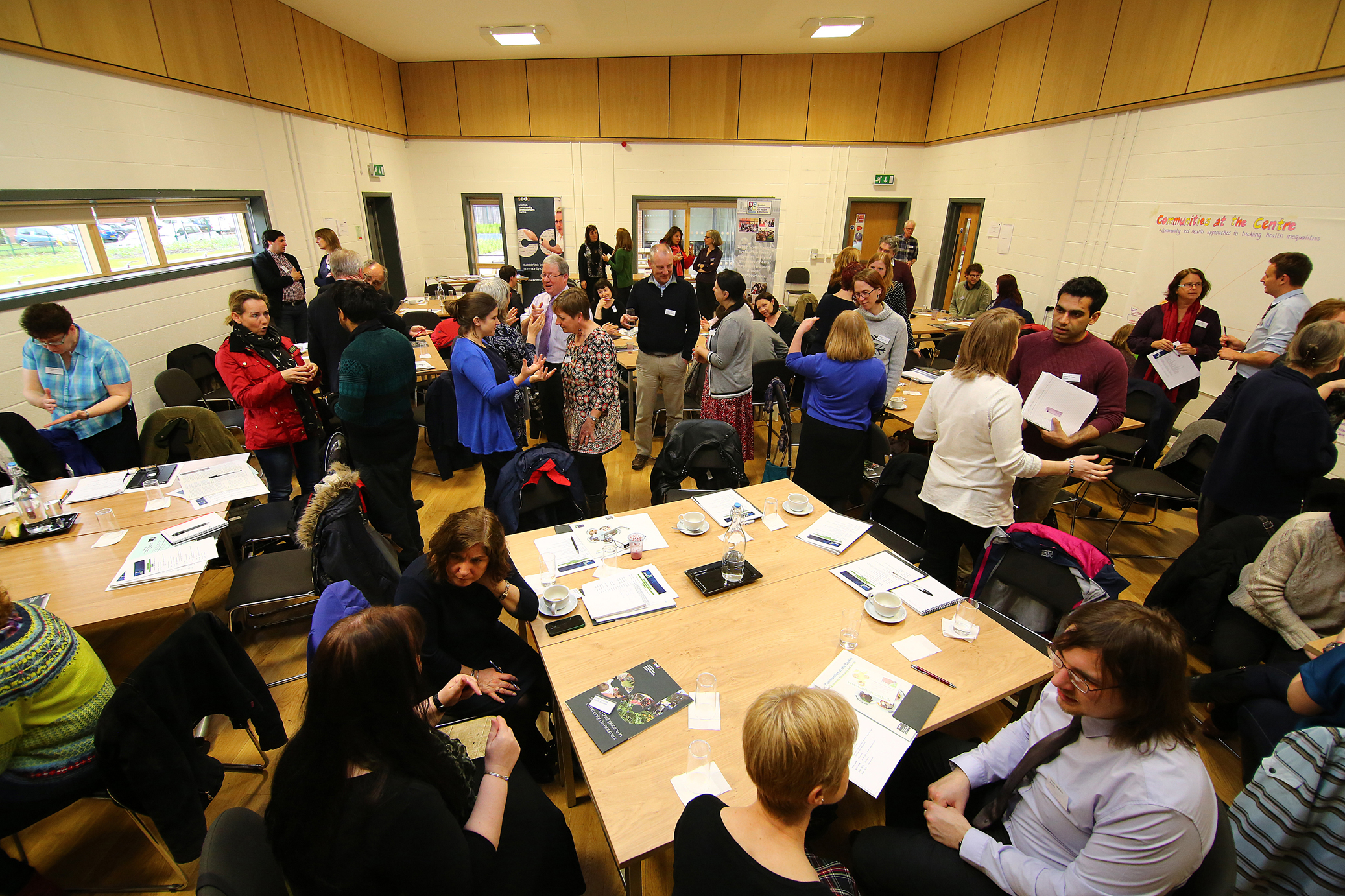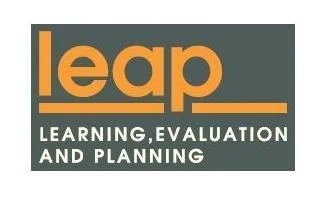Peer-led Practice Learning report
/A report from Barnardo's Scotland & SCDC about peer-led evaluation and the impact that the Barnardo’s Nurture Service has had on the people involved.
February 2020
Peer-led evaluation is a process where the people involved in a piece of work, both workers and participants, co-design how it’s evaluated.
SCDC was asked by Barnardo’s Scotland to help evaluate its Nurture Service and work with participants and workers across a series of sessions in early 2019.
Through this work, we learned valuable lessons about:
What we found
Learning from the approach of developing a peer-led evaluation
There was significant learning around how the project was evaluated, with findings including:
The importance of building the capacity and confidence of participants and how this must be carried out in a way that is participant-led and works at their pace.
There are core community group work skills required to deliver this type of evaluation.
By working in this way participants felt confident to describe both the nature and impact of the support received, where traditional evaluations might not have done so.
Peer-led evaluation could be used as a complement with other evaluation approaches.
“Barnardo’s has given me a chance to meet other people – that you’re not the only one going through those things.” - Participant
The Nurture Service: a collaborative endeavour
Participants described the often-significant impact that being involved with Barnardo’s Scotland had on them, their children and their family’s lives, including:
Better family relationships.
Access to peer support networks.
Improved family communication and practical parenting skills.
Greater understanding of child development.
Improved ability to deal with parent’s own emotions and circumstances
Happier and less anxious children, especially with regards to significant life events.
The support was effective because it was co-produced ‘with, within and between’ participants and workers not ‘from or to’, meaning positive outcomes were created by both workers and participants, both bringing their skills and assets.
“I’m more confident and can take charge of situations.” - Participant
Conclusion
We hope that this report provides some insight into these efforts to deliver a peer-led evaluation.
This offers an approach to evaluation which differs from ‘standard’ approaches in that participants have a greater input into what is considered worth evaluating, and how that evaluation might be carried out.
It is not a quick fix or easy solution – but the creation of deep understanding seldom is.
Read out full press release here.
























